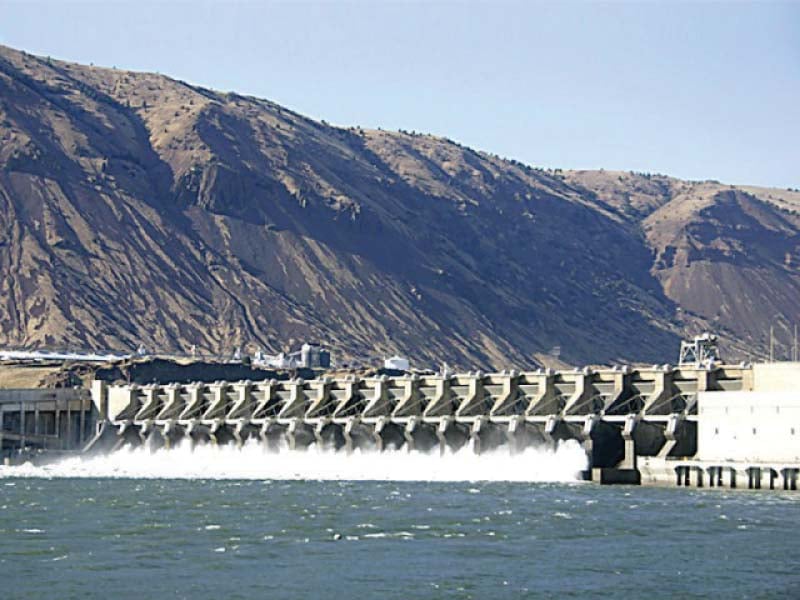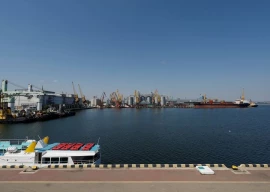
Balochistan and Khyber-Pakhtunkhwa, however, have been exempted from the impact of water shortage as their demand is relatively lower than Sindh and Punjab.
The decision was taken at a meeting of the Irsa Advisory Council on Friday, which met to finalise the share of provinces in the light of water availability during the Rabi season.
Regulator cuts water share of Punjab, Sindh
Representatives of the Water and Power Development Authority (Wapda), chairman of the Federal Flood Commission as federal member and provincial secretaries of irrigation attended the meeting.
Participants of the huddle, presided over by Irsa Chairman Rao Irshad Ali Khan, noted that five million acre feet (maf) of water could not be stored in the Tarbela Dam because of Wapda’s inefficiency.
According to the data prepared keeping in view the 10-year average, Punjab’s share will be 16.16 MAF of water compared to 16.87 MAF in the previous Rabi season whereas Sindh will receive 12.20 MAF against 14.57 MAF last year.
Khyber-Pakhtunkhwa’s water share will be 0.70 MAF against 0.48 MAF last year while Balochistan will receive 1.02 MAF compared to 0.98 MAF in the previous year.
Total shortage of water is estimated at around 31.08 MAF in the Rabi season. This year, however, Pakistan has received 15% more water in the Indus River due to rains.
System losses in the earlier Kharif 2016 crop-planting season, which ran from April to September, stood at 15.54 MAF compared to anticipated losses of 12.58 MAF in the Indus River.
On the basis of 10-year average, Punjab’s share was 16.31 MAF, Sindh’s 12.64 MAF, Khyber-Pakhtunkhwa’s 0.54 MAF and Balochistan’s 0.86 MAF.
It was for the first time in 16 years when Mangla and Tarbela reservoirs were not filled by September 20. According to proposals, Pakistan should fill Mangla and Tarbela by August 20 each year because after this date water flows decline drastically.
The water shortage figures are finalised during the advisory council meeting on the basis of data submitted by the provinces, Wapda and other departments concerned. Irsa released 10.39 MAF of water downstream Kotri from April 1 to September 20, 2016.
Tarbela 4th extension: WAPDA chief calls for completing work on time
Irsa was of the view that water shortage in the Rabi season could be reduced partially or eliminated completely if western winds entered Pakistan on time in December and January.
It was noted that Pakistan was facing climate changes because of which substantial water variation existed in the country.
“Water availability was satisfactory at the initial stage of Kharif season but later its supply started falling. Seasonal fluctuations, which stem from climate changes, will always continue to disturb Pakistan,” an official commented.
At present, Tarbela and Mangla reservoirs are at heights of 1,515.48 feet and 1,216.60 feet respectively. The reservoirs are 34.52 feet and 25.40 feet below their respective maximum conservation levels of 1,550 feet and 1,242 feet respectively.
Published in The Express Tribune, October 1st, 2016.
Like Business on Facebook, follow @TribuneBiz on Twitter to stay informed and join in the conversation.




1732745394-0/Diddy-(4)1732745394-0-165x106.webp)












COMMENTS (1)
Comments are moderated and generally will be posted if they are on-topic and not abusive.
For more information, please see our Comments FAQ